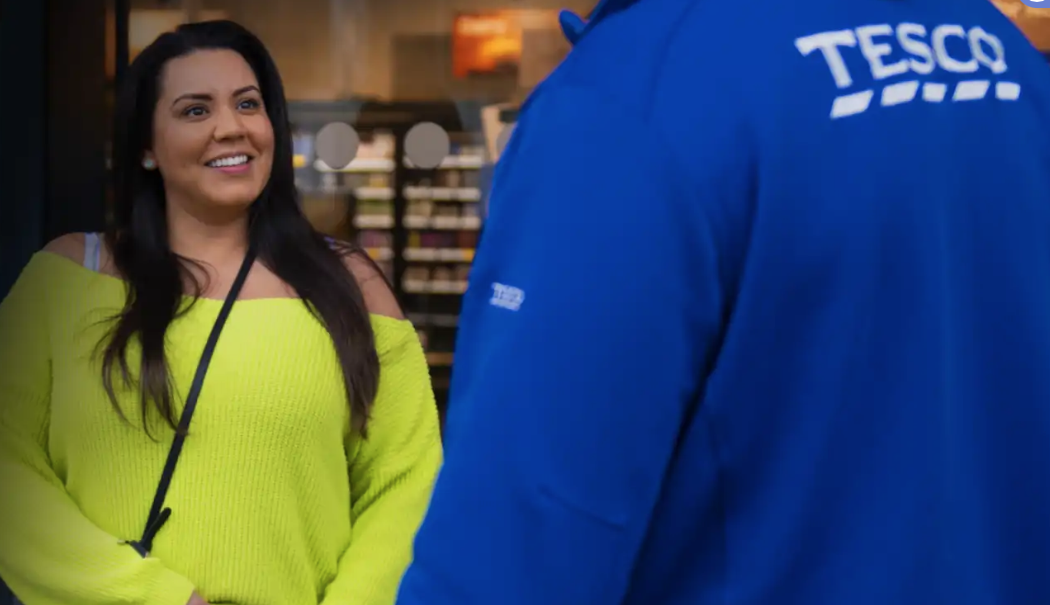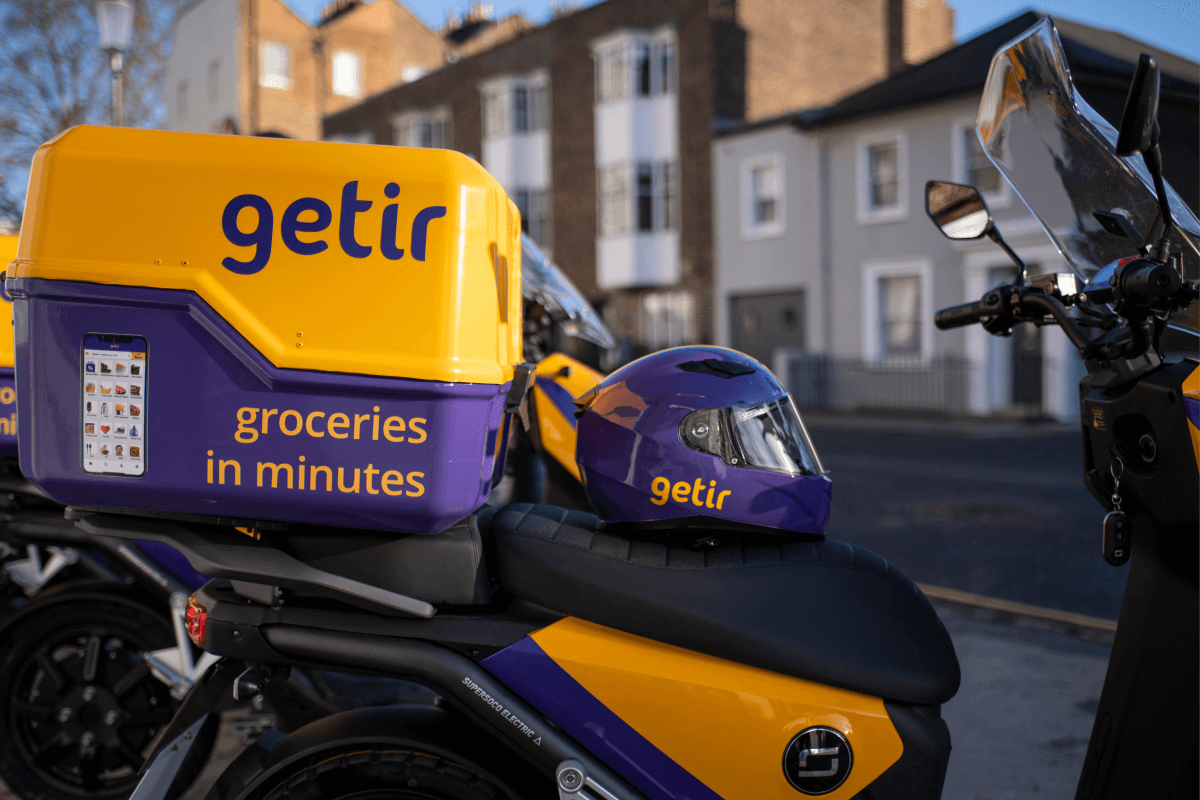There is always the next big thing, no matter what industry, what sector, what region.
Click-and-collect was once the next big thing, as indeed was home delivery before that. More recently the industry was left scratching its head at the notion of low-flying parcels, thanks in no small part to Amazon’s oft discussed drone trials.
Whether drones find their niche and take off or crash and burn remains to be seen, but a good deal of the noise has at least abated.
The next next big thing is already here, of course, and although it’s rather more down-to-earth in some respects it pushes the boundaries at the same time.
Amazon, Audi, DHL, and Volvo – and others, no doubt – have begun trials using the boot of a car as an alternative safe place to drop off parcels. Depending on how you look at this initiative you could see it as a stroke of last-mile genius, or you might think it’s downright daft.
eDelivery has tried to capture some of the thoughts and reactions to this idea and create an analysis of points that matter most. In so doing, we spoke to people in different parts of our industry, and outside it, and we even hit upon a call for change that goes far beyond the subject of delivery.
First, let’s consider some of the more obvious upsides and challenges to the idea of car boots as secure PUDO points.
Obviously, it could eliminate many failed deliveries. But that would only be the case if your car was outside your home while you were either out or otherwise occupied. It’s not hard to imagine that a lot of the time if you’re out you’ll have gone in your car, but the technology exists to make your car a trackable in-flight alternative destination – within certain parameters, naturally.
The technology also exists to isolate and open the boot of a car without allowing ingress to the rest of the vehicle. Making that technology available to carriers and their drivers will have to be carefully managed, of course. But security and fidelity are part and parcel (no pun intended) of the sector anyway. Rogue elements exist in all walks of life and at all levels of responsibility within an organisation. So finding a way to make accessing the boot of a car happen is not beyond the wit and wisdom of carriers.
It’s an approach that might work best with saloon cars, of course, and hatchbacks – estate cars might leave your purchases too visible in some cases. Furthermore, it’s unlikely the technology needed will be available on all but the most up-to-date of vehicles. So it doesn’t look like this will ever be a truly mass market initiative.
But just because an idea won’t cure everyone’s ills doesn’t mean it isn’t a good idea. The last mile needs attention, we all know and accept this. But that attention will have to come from plenty of different sources; a combination of lots of alternatives and approaches will be the right way to address the many and varied needs of the great British shopping public. One size doesn’t fit all, you already know this.
For carriers and retailers there will have to be a cost-benefit analysis, as you would expect. On the plus side, there is the promise of fewer failed drops. But there are going to be attendant costs in terms of new equipment, training and possibly increased liability insurance.
Speaking of which, the car insurance sector could be the fly in the ointment, however. Even if all the technical hurdles and trust issues are overcome, this could be the piece of the puzzle that makes the difference between success and failure.
Some of the questions that will have to be addressed include the issue of liability – if you allow a third party to access your car, and subsequently try to claim for theft/loss or damage, might you be guilty of contributory negligence? Maybe you’ll have to pay a higher premium because enrolling in a boot-PUDO scheme could be seen as something that increases your overall risk.
Over the course of the next few days, we will be talking to people across the industry to gauge their opinions and the likely appetite they have for this kind of initiative.






